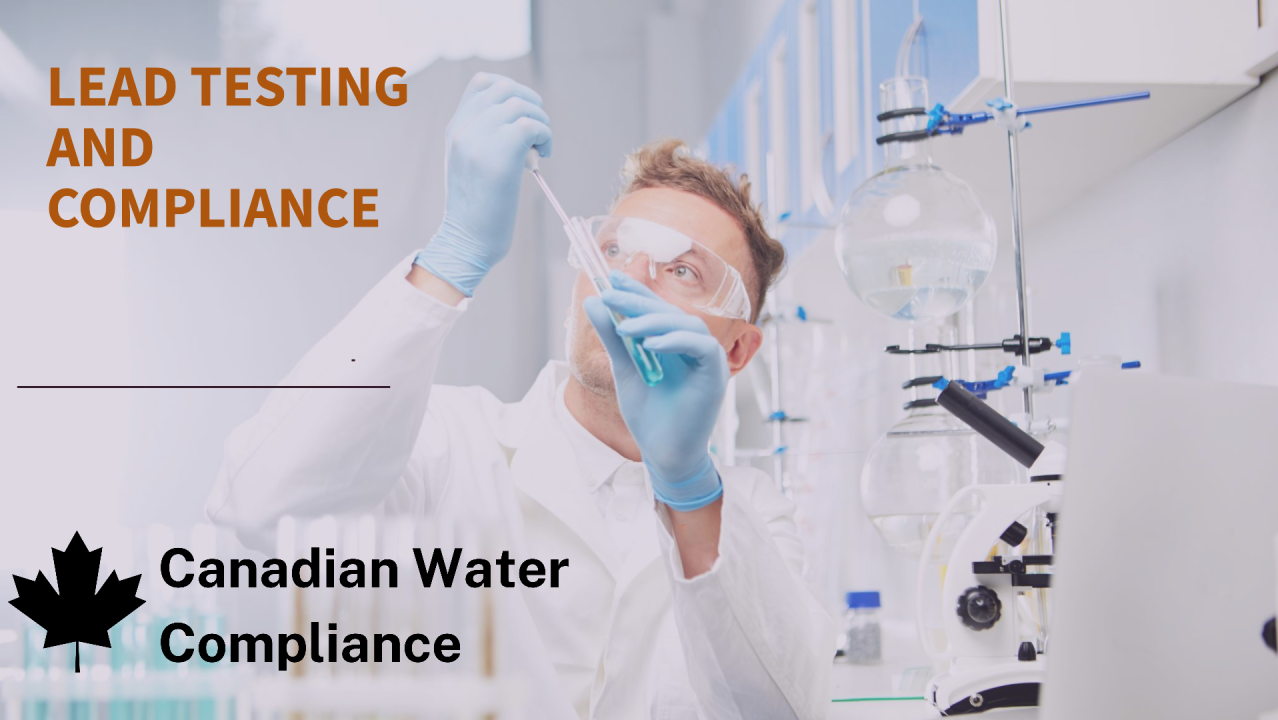
Written By: Canadian Water Compliance | On
Lead contamination in water supplies poses significant health risks and regulatory challenges for businesses, commercial property owners, and industrial facilities in Ontario, Canada. Regular lead testing is crucial to ensure compliance with provincial regulations and protect the health of employees, customers, and the general public.
The health impacts of lead exposure, even at low levels, can be severe and long-lasting. Lead can affect brain and nervous system development, particularly in children and fetuses, leading to decreased intelligence and behavioral problems. In adults, lead exposure has been linked to high blood pressure, kidney issues, and reproductive problems. For businesses, these health risks can translate into increased absenteeism, reduced productivity, and potential liability concerns.
Ontario's regulatory framework for lead in drinking water is stringent, with a Maximum Allowable Concentration (MAC) of 0.010 milligrams per litre (10 micrograms per litre). This standard applies to all regulated drinking water systems in the province, including those in commercial and industrial settings. Compliance with this limit is not just a legal requirement but also a crucial aspect of corporate social responsibility and risk management for businesses operating in Ontario. The regulations mandate that lead testing must be conducted at least once every 12 months for facilities that serve vulnerable populations, such as schools and childcare centers, and every 36 months for other types of facilities.
To meet these regulatory requirements, businesses and property owners must implement comprehensive lead testing programs. This involves regular sampling and analysis of water from various points within their facilities, including taps, fountains, and process water sources. It's important to note that lead concentrations can vary significantly depending on factors such as water stagnation time and the presence of lead-containing plumbing materials. Therefore, a well-designed sampling strategy is essential to accurately assess lead levels and identify potential sources of contamination.
For businesses that discover lead levels exceeding the MAC, immediate action is necessary. This may include implementing corrosion control measures, replacing lead-containing plumbing components, or installing point-of-use filtration systems. Additionally, companies should consider participating in broader initiatives aimed at reducing lead exposure, such as Ontario's [Corrosion Control Program](https://cela.ca/media-release-get-the-lead-out-of-ontario-drinking-water/). By proactively addressing lead contamination issues, businesses can not only ensure regulatory compliance but also demonstrate their commitment to employee and public health, potentially enhancing their reputation and mitigating future legal and financial risks.